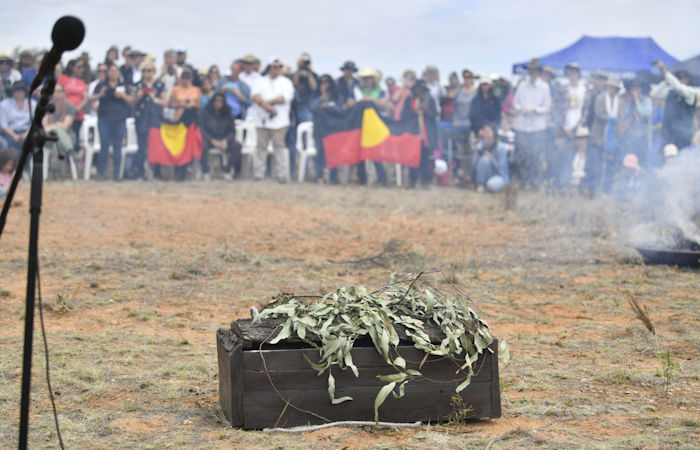Conny Waters – AncientPages.com – What many have long waited for has finally happened. Australia’s oldest man, the Mungo Man will be returned home and he will receive a proper reburial!
The remains of 108 ancient Aboriginal people, some first buried 42,000 years ago, will once again be laid to rest in the Willandra Lakes Region after a decision by Minister for the Environment Sussan Ley today.
The discovery of Mungo Lady in 1968 and Mungo Man in 1974 captured world headlines as some of the oldest ritual burials ever recorded by humans.

Credit: AAP
In the years since, it has sparked a fierce debate between their importance to human anthropology and respect for the cultural traditions that made them so significant in the first place.
Minister for the Environment Sussan Ley determined in August last year that reburial plans by the NSW Government needed to be formally considered under the Environment Protection and Biodiversity Conservation Act, given the significance of the Willandra Lakes Region world heritage area.
“This has been a pᴀssionately debated issue that goes to the essence of Australia’s history and that of mankind itself. The Australian Government’s careful ᴀssessment has now given all parties their chance to put forward those views” Minister Ley said.
“As both Environment Minister and Member for Farrer, I spent time at Willandra Lakes last month discussing the issues with Traditional Owners, and other stakeholders over recent months, and I have reviewed the ᴀssessment thoroughly.
“I have found that while it is important that we are able to document history, it is equally important that we respect the cultural intent of the burial process and the heartfelt views of the descendants.

The Mungo Man. Credit: AAP
“I have determined that the remains can be reburied in the Willandra Lakes Region in accordance with the wishes, rights and interests of the local Aboriginal community, represented by the Willandra Lakes Region Aboriginal Advisory Group (AAG).
“Forty-two thousand years ago Aboriginal people were living – and thriving – on the edge of what was then a rich lakeside. In the last four decades, their remains have been removed, analyzed, stored, and extensively investigated in the interests of western science. Even Mungo Man’s return to the district in 2017 has been troubling and disturbing with his and other remains incongruously held in a storeroom at the Mungo Visitor Centre.
“The reburial process will be managed in such a way as to minimize any natural decay. The conditions I have imposed provide for their security and safekeeping during and after reburial.
“Mungo Man and Mungo Lady will soon be home at the end of this long, long road. And their spirits can rest.”
Written by Conny Waters – AncientPages.com Staff Writer





